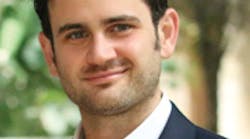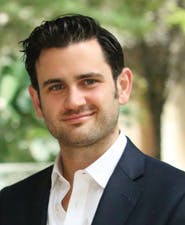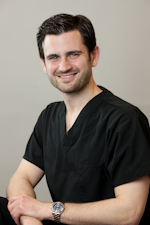Stress. Fear. Boredom. These are not the emotions you were expecting when you became a dentist and business owner. You imagined enjoying the pride of a day's work and the confidence of controlling your own destiny. What happened?
What happened is that you were never taught how to run a business in the first place. Dentistry's clinical demands are so taxing that it rarely leaves time and energy for paperwork. It's easy to fall into a daily routine that turns into an annual routine that turns into years spent just treading water.
Let's turn that around right now.
Faithful readers of Dental Economics and our e-newsletter, DE's Expert Tips and Tricks, enjoy the business lessons that have a positive impact on our practices. But for the first time ever, we're hosting an event that will comprehensively review the basics of business: DE's Principles of Practice Management. Look for my article on page 14 to learn more about this one-of-a-kind opportunity.
This month, we welcome one of my clinical idols, Dr. Michael Sesemann. As a young clinician, I would read his published case studies and think, "Oh, so that's what a Class II restoration should look like!" I would also like to highlight the start of a quarterly installment on medical billing by Dr. Erin Elliott. She's a gifted author and speaker who has taken the sleep apnea world by storm. Her new series shows us how to actually get paid doing this as well as other dental procedures that can qualify for medical reimbursement.
Both of these authors help illustrate my point that routines are a practice killer. Dr. Sesemann achieves outstanding results in 2016 (just as he did when I read his material in 2006), because he breaks routines. He tests new materials and techniques. Dr. Elliott has transformed her practice into a sleep apnea powerhouse because she breaks routines. She trailblazes new ways for patients to afford their care.
I should clarify that there is a difference between a system and a routine. Systems are periodically tested, evolved, and proven. Routines are the things we do just because we did them that way yesterday. Let's enjoy the delightful snapping sound of an old routine being broken. Let's draw up designs for a brand-new system that will relieve stress, conquer fear, and, most certainly, make things interesting.
Cheers,
Chris Salierno, DDS









